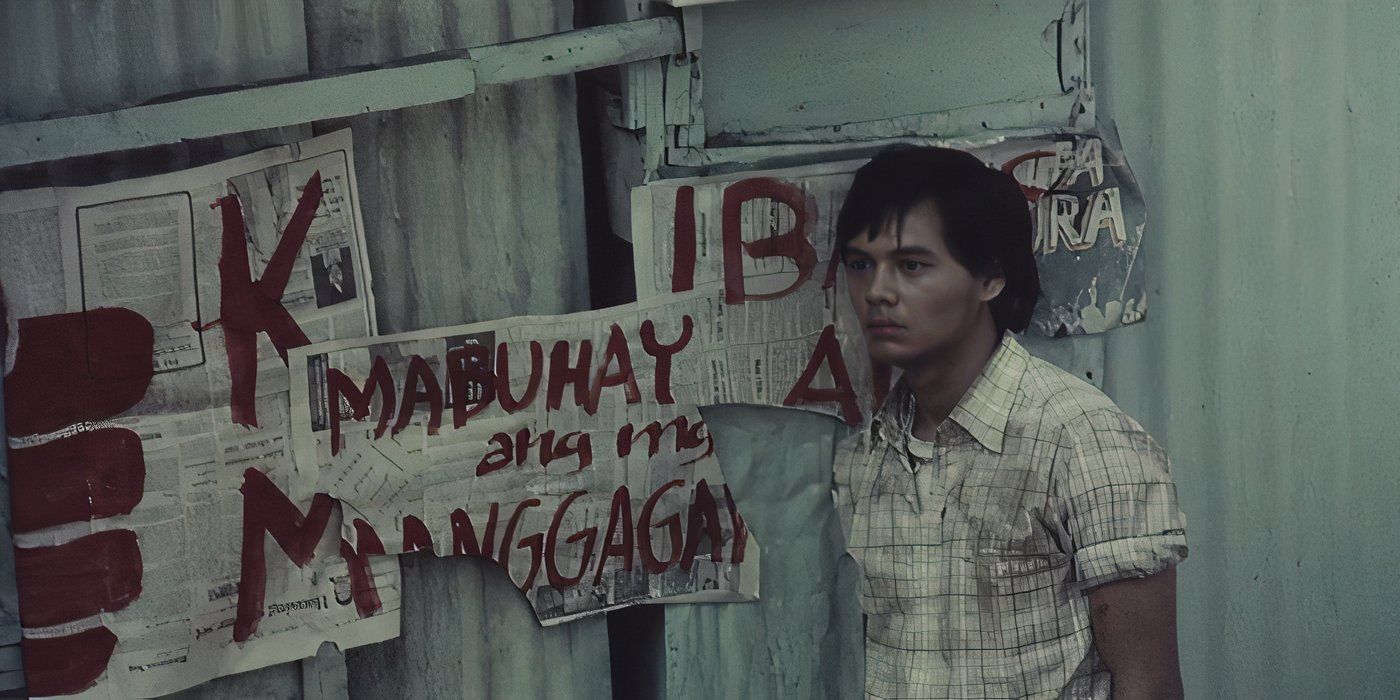Martin Scorsese’s <em>Taxi Driver</em> is celebrated as one of the most iconic films in cinematic history. This neo-noir psychological drama intricately portrays a man’s spiral into madness amid the chaos of a corrupt city, and its impact on the film industry remains profound even decades later. Yet, Taxi Driver wasn’t the sole film from the 1970s to delve into the dark undercurrents of urban corruption; in fact, it may not even hold the title of the greatest. In 1975, a year prior to Taxi Driver’s debut, another film with a similar essence emerged from the Philippines: Manila in the Claws of Light. This neo-noir mystery and drama, directed by the influential auteur Lino Brocka, explores the stark contrasts between human compassion and greed, set against the backdrop of a bustling but unforgiving metropolis.
Discover Why ‘Manila in the Claws of Light’ Is Regarded as the Greatest Filipino Film
Through its poignant examination of the struggles of poverty and the indomitable spirit of humanity, Manila in the Claws of Light is revered by many as the pinnacle of Philippine cinema. The narrative follows Julio, portrayed by Bembol Roco, a young fisherman who relocates from his tranquil rural village to the sprawling capital city of Manila in pursuit of his missing girlfriend, Ligaya (Hilda Koronel). Lured to the city by false promises of employment, Ligaya’s silence in her letters prompts Julio to deplete his savings and embark on a desperate quest to find her. After months of fruitless searching, he resorts to taking on a dangerously underpaid construction job, where he encounters exploitation and dire working conditions. In his relentless pursuit of Ligaya, Julio becomes enmeshed in the harsh realities faced by the urban poor, ultimately finding himself navigating a world rife with crime, including involvement in a prostitution ring, as he seeks to rescue her from her captors.

Related
The 10 Best Foreign Language Movies of the Last Decade, Ranked
Stories that traveled the world.
Manila in the Claws of Light vividly depicts the harsh realities and exploitation faced by the residents of Manila, crafting a heart-wrenching narrative that resonates deeply with audiences. However, beneath the weight of Julio’s struggles lies a profound commentary on the resilience of the human spirit. Despite their own dire circumstances, Julio’s friends?Atong (Lou Salvador Jr.) and Pol (Tommy Abuel)?exemplify loyalty and generosity. They welcome him into their modest home, share their meager meals, and offer their limited resources to support his quest. For every act of avarice and exploitation they endure, these characters respond with unwavering kindness and solidarity?serving as a glimmer of hope in a city seemingly devoid of it. Yet, despite the flickers of optimism embodied by these characters, Manila in the Claws of Light is ultimately a tragedy, pushing Julio to the brink of his moral limits in pursuit of Ligaya.
Lino Brocka’s Defiance Against Dictatorship Through His Film
Originally conceived as a spec script adapting a novel, Manila in the Claws of Light began its production in the early 1970s. However, Lino Brocka’s creation transcended mere filmmaking; it was a bold act of resistance against the oppressive regime that ruled the Philippines at that time. Following the declaration of martial law by former president Ferdinand Marcos in 1972, the nation faced rampant corruption, severe censorship, and an economic downturn. While many films of the era favored escapism, Manila in the Claws of Light opted for a raw, realistic narrative that illuminated the harsh living conditions of the populace during this politically charged atmosphere. A retrospective look at the film reveals profound parallels between Julio’s struggles and the collective challenges faced by countless Filipinos during this dark chapter of their history.
The film achieved remarkable success, marking a pivotal moment in Brocka’s career as it clinched multiple awards, including Best Picture, Best Actor, Best Actress, Best Supporting Actor, and Best Director at the 1976 Filipino Academy of Movie Arts and Sciences Awards. Furthermore, Manila in the Claws of Light garnered international recognition, with a restored version being screened at the 2013 Cannes Film Festival and making its way into The Criterion Collection in 2018, a historic first for a Filipino film. Years after its initial release, Manila in the Claws of Light continues to inspire Filipino artists and activists to challenge the ongoing issues of greed and corruption.
Manila in the Claws of Light is now available for streaming on Apple TV in the U.S.
Watch Now





